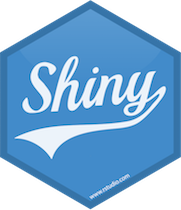link to pdf
Reading CSV datafiles into R We often store our data in comma seperated value (CSV) files, which can be read into R using the read.csv() function:
# Download example .csv file download.file("https://ndownloader.figshare.com/files/2292169", "data/portal_data_joined.csv") # Save into variable surveys <- read.csv('data/portal_data_joined.csv') Note: this code requires having a data/ folder in your project
Functions for characterizing dataframe We can run the name of the variable to view the dataframe, but often there will be too much information to display in the console


